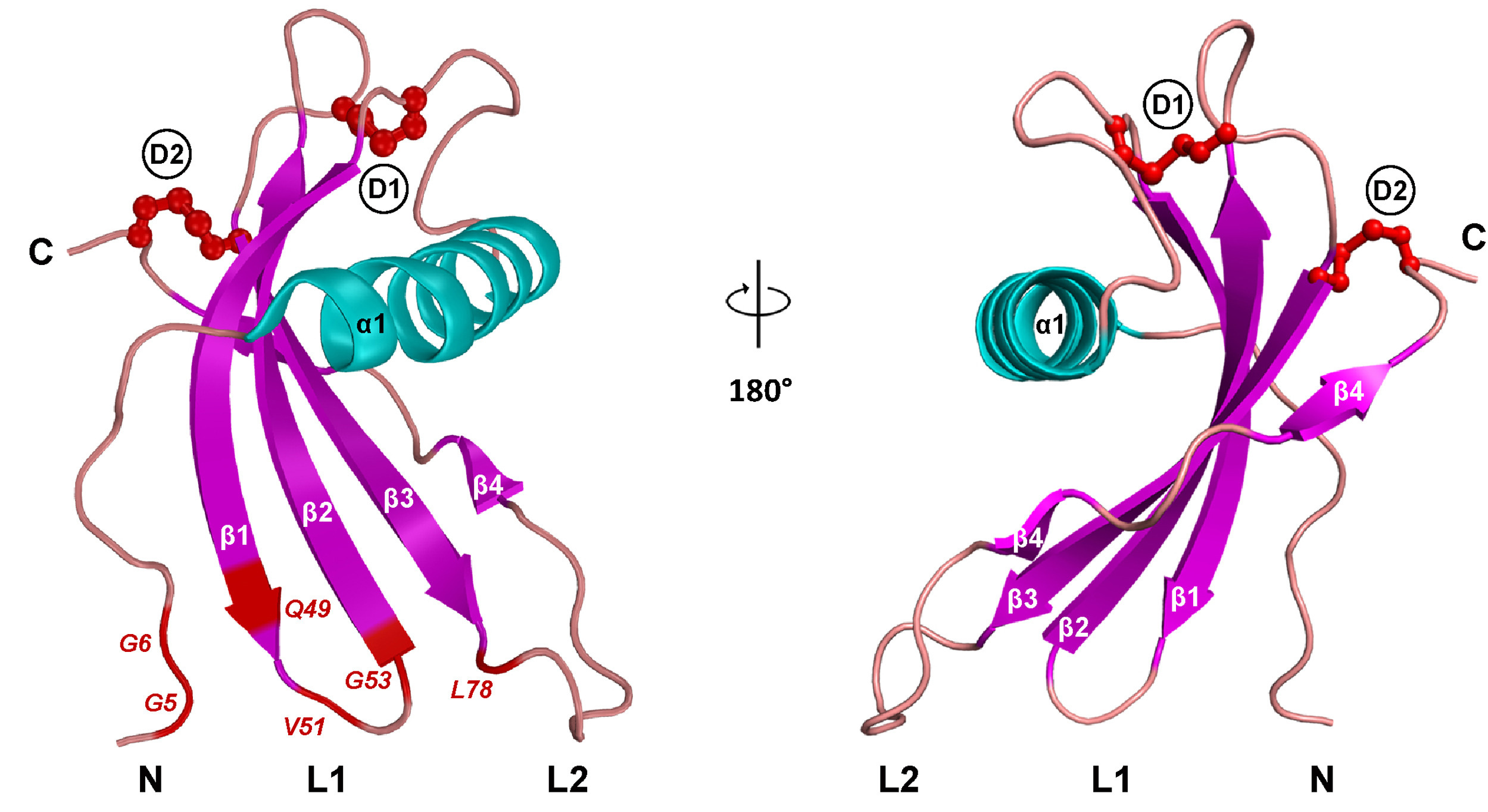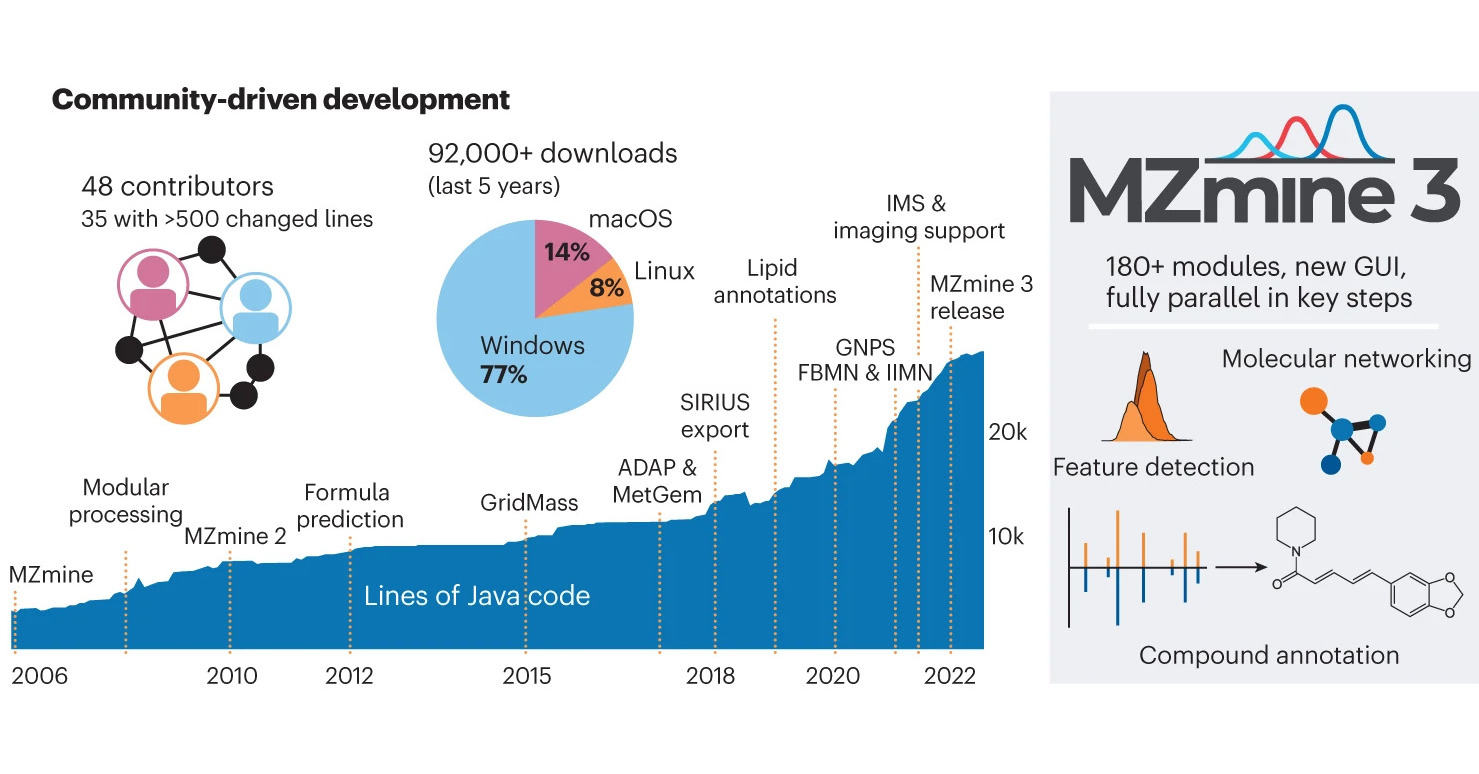Naši vědci v médiích – výběr z článků, rozhovorů, reportáží
Publikace
Všechny publikace
An evolutionary molecular adaptation of an unusual stefin from the liver fluke Fasciola hepatica redefines the cystatin superfamily
Journal of Biological Chemistry 299 (3): 102970 (2023)
Fasciolosis is a worldwide parasitic disease of ruminants and an emerging human disease caused by the liver fluke Fasciola hepatica. The cystatin superfamily of cysteine protease inhibitors is composed of distinct families of intracellular stefins and secreted true cystatins. FhCyLS-2 from F. hepatica is an unusual member of the superfamily, where our sequence and 3D structure analyses in this study revealed that it combines characteristics of both families. The protein architecture demonstrates its relationship to stefins, but FhCyLS-2 also contains the secretion signal peptide and disulfide bridges typical of true cystatins. The secretion status was confirmed by detecting the presence of FhCyLS-2 in excretory/secretory products, supported by immunolocalization. Our high-resolution crystal structure of FhCyLS-2 showed a distinct disulfide bridging pattern and functional reactive center. We determined that FhCyLS-2 is a broad specificity inhibitor of cysteine cathepsins from both the…
Integrative analysis of multimodal mass spectrometry data in MZmine 3
Nature Biotechnology 2023: Early View
Gas Dynamic Virtual Nozzle Sprayer for an Introduction of Liquid Samples in Atmospheric Pressure Ionization Mass Spectrometry
Analytical Chemistry 95 (8): 4196–4203 (2023)
Surfactant Proteins SP-B and SP-C in Pulmonary Surfactant Monolayers: Physical Properties Controlled by Specific Protein–Lipid Interactions
Langmuir 2023: Early View






